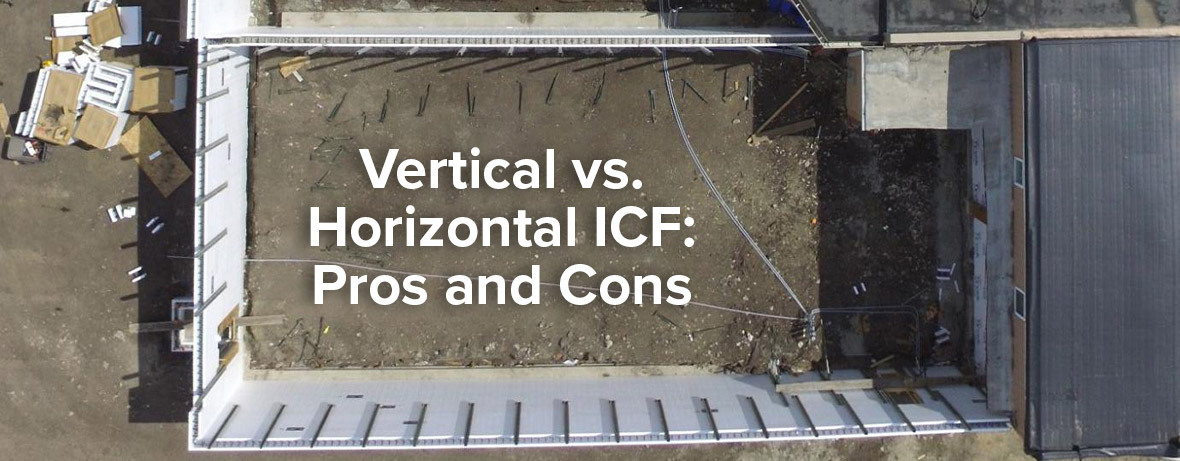
Vertical vs. Horizontal ICF: Pros and Cons
Both vertical and horizontal ICFs construction create moisture- and disaster-resistant walls with excellent R‑values. But which is the better ICF wall?

10 Tips for Designing a Small or Tiny ICF Home

Build a Resilient Building Design with Fox Blocks ICFs
Resilient buildings made with Fox Blocks ICFs will protect a commercial building’s integrity against severe winds, flooding, earthquakes, extreme temperatures, and fire.

Essential Elements of Passive House Design

The Benefits of Fox Blocks ICF Over Batt Insulation

How Architects Can Sell Clients on ICF Construction
Utilizing ICF for residential projects is an amazing way to create strong and safe homes while utilizing ICF for commercial projects is an easy way to hit deadlines earlier with lower costs. Want to know how to sell your clients on ICF construction? Keep reading to receive expert knowledge on all the benefits and the best way to communicate them.
How Building a Concrete ICF Home Saves on Initial and Long-Term Costs

How to Build a Wind-Resistant Home with Fox Blocks ICFs
Tragically, between 2000 and 2017 there were 894 wind and 1417 tornado-related deaths. In 2017, 36 percent of the wind and 63 percent of the tornado-related fatalities happened either in a mobile or permanent home. A wind-resistant design is critical to a home’s integrity and a family’s safety.

Structural Insulated Panels (SIPs) Vs. Insulated Concrete Forms (ICFs)

6 Reasons Why Architects Choose to Design With Insulated Concrete Form (ICF) Construction